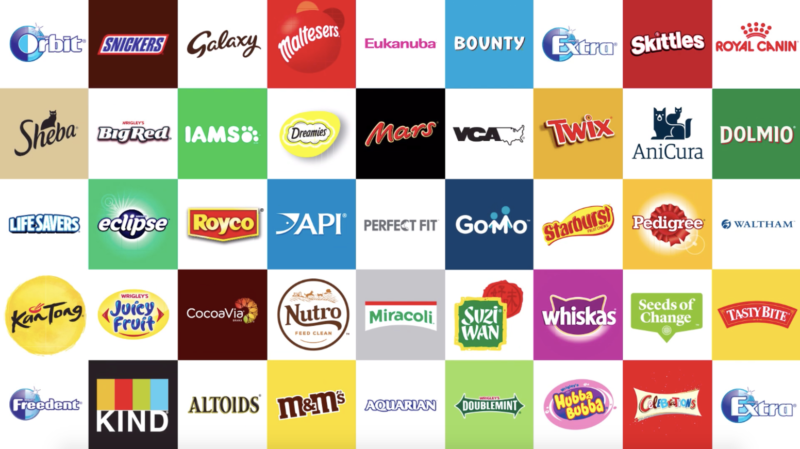How shared meaning impacts ancient empires & modern brands
Rome wasn’t built in a day, but due to several internal and external factors, including an absence of shared meaning, it crumbled quickly. Alex Connell, group planning director at dentsu’s Carat, argues that without shared meaning, modern brands risk following the Roman Empire’s example.
Throughout history, the fate of empires has been shaped by a multitude of intricate factors, and a pivotal yet often overlooked element is the role of shared meaning. Take, for instance, the Roman Empire, a formidable force in antiquity, which ultimately succumbed to internal divisions and external pressures, exacerbated by a lack of shared meaning among its diverse populace.
In today’s world, the media landscape has become more diverse and fragmented. Top Free-to-Air (FTA) TV shows attract millions fewer simultaneous viewers than they once did, cultural trends evolve swiftly, leaving many behind, and algorithms further personalise the cultural experience, tailoring content to individual preferences on platforms like Spotify and Netflix.

Amidst this backdrop, fostering shared meaning is paramount for successful brand building. Shared meaning forms the bedrock for trust, recognition, and influence in a world saturated with information and shaped by perception.

